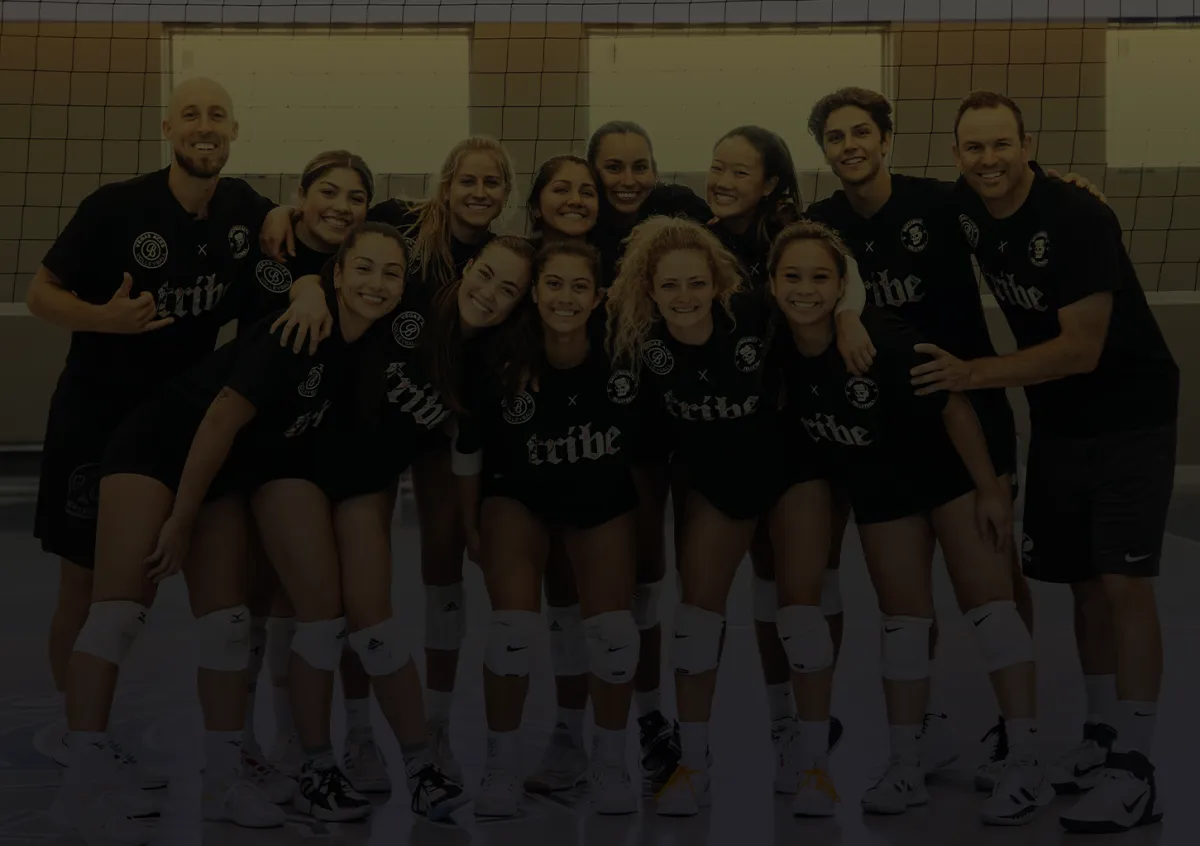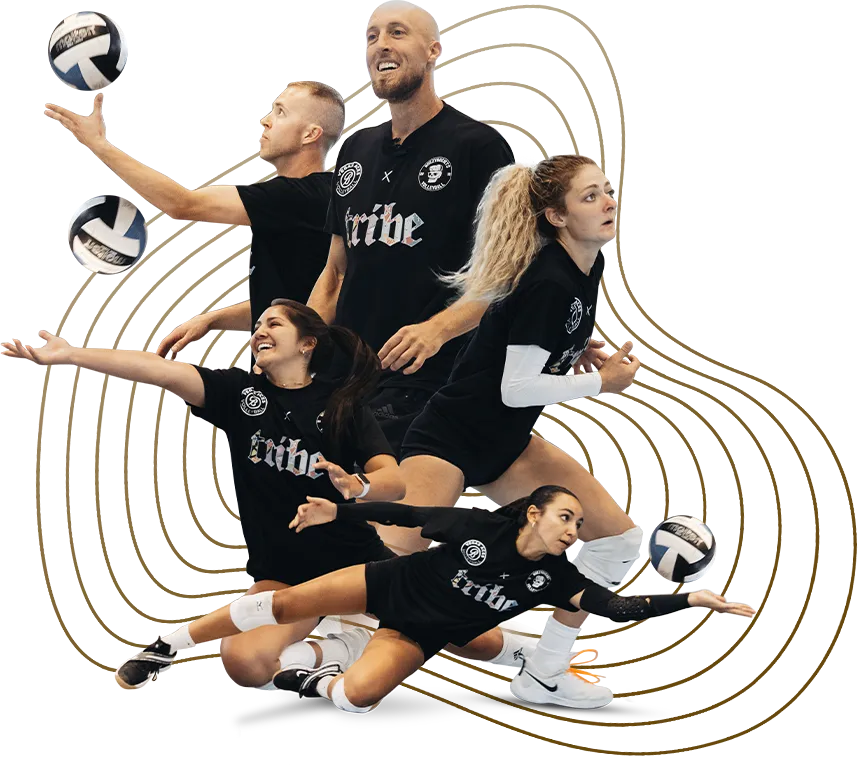
Tier 4 Split Step – Revealed!
The best receivers in the world are using the Split Step but are landing on one foot

Tier 4 Split Step – Revealed!
The best receivers in the world are using the Split Step but are landing on one foot
what are the cues of a good Tier 4 Split Step?

Choose Your Split Step
A normal split step
An approach one-foot split step
An approach two-foot split step

Timing is key
You want to time your split step so that you're off the ground with both feet as the ball is being contacted by the server

Land on the one foot Furthest from the ball
Aim to land when the ball is 3-8 feet off the server's hand, giving you the advantage of time to land and step in the same moment towards the line of the serve.

Distinguish the line of the serve
If we see that the ball is:
on our left side, we land only on our right foot.
on our right side, we land only our left foot.
coming right at us, we can land on both feet balanced.
Tier 4 is A game-changer
What makes a great Tier 4 Split Step?
It starts with using one of the three split step techniques and timing the serve to be off the ground with both feet as the ball is being contacted by the server.
The athlete can then make a conscious distinction on the line of the serve. If you see the ball will be on your left or right side, it's a signal to land on the foot farthest and to explode off the ground towards the serve. The best liberos are making this distinction and landing when the ball is 3-8 feet off the server's hand. If our first step is after the ball has crossed the net, it will be very difficult to be balanced on contact when the ball is served in our seams or back towards our sideline.
The benefits my liberos experience from using the Tier 4 Split Step correctly are huge!
By landing on one foot, this will give you more "time" to move and to position yourself in a balanced and athletic position so you pass more balls in the 'sweet spot' so you can respond to a last second float on the serve with confidence, rather than feeling hopeless.
With right practice and discipline, your days of shanking float serves will slowly fade away, allowing you to become a more consistent and confident float serve receiver.




